22 March 2025
Australia's Northern Territory is like stepping into an open-air museum, but instead of stiff exhibits behind glass, you'll find a living, breathing tapestry of one of the oldest living cultures on Earth—Aboriginal culture. This vast, rugged region is a sacred reservoir of stories, traditions, and landscapes that have been cherished and preserved for thousands of years. If you've ever been curious about connecting with Australia's Aboriginal heritage, this is the place where it all comes to life. Buckle up! We're diving deep into the heart of this fascinating world. 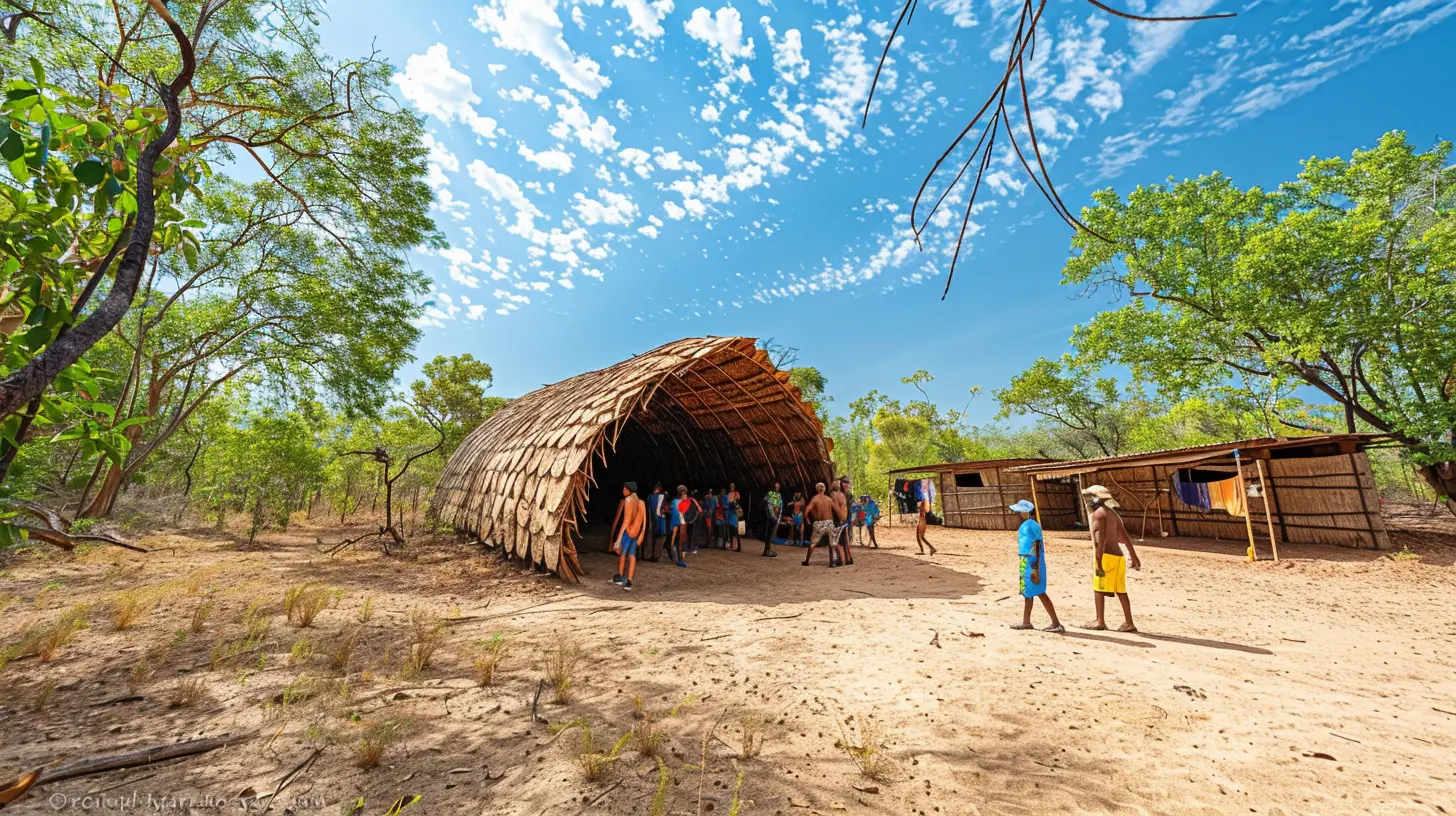
Why the Northern Territory?
The Northern Territory, or the "NT" as the locals call it, isn't just a pretty patch of red dirt and wide-open spaces (although, let's be real, the landscapes are jaw-dropping). It's considered one of the most profound regions for understanding Aboriginal culture. Why? Because of its strong connection to ancient traditions and a variety of Indigenous communities that still practice their customs today.Think about it—this land has been home to Aboriginal Australians for over 65,000 years. Let that sink in for a moment. In our world of skyscrapers and TikTok trends, this culture is a living thread that connects us to humanity's roots. 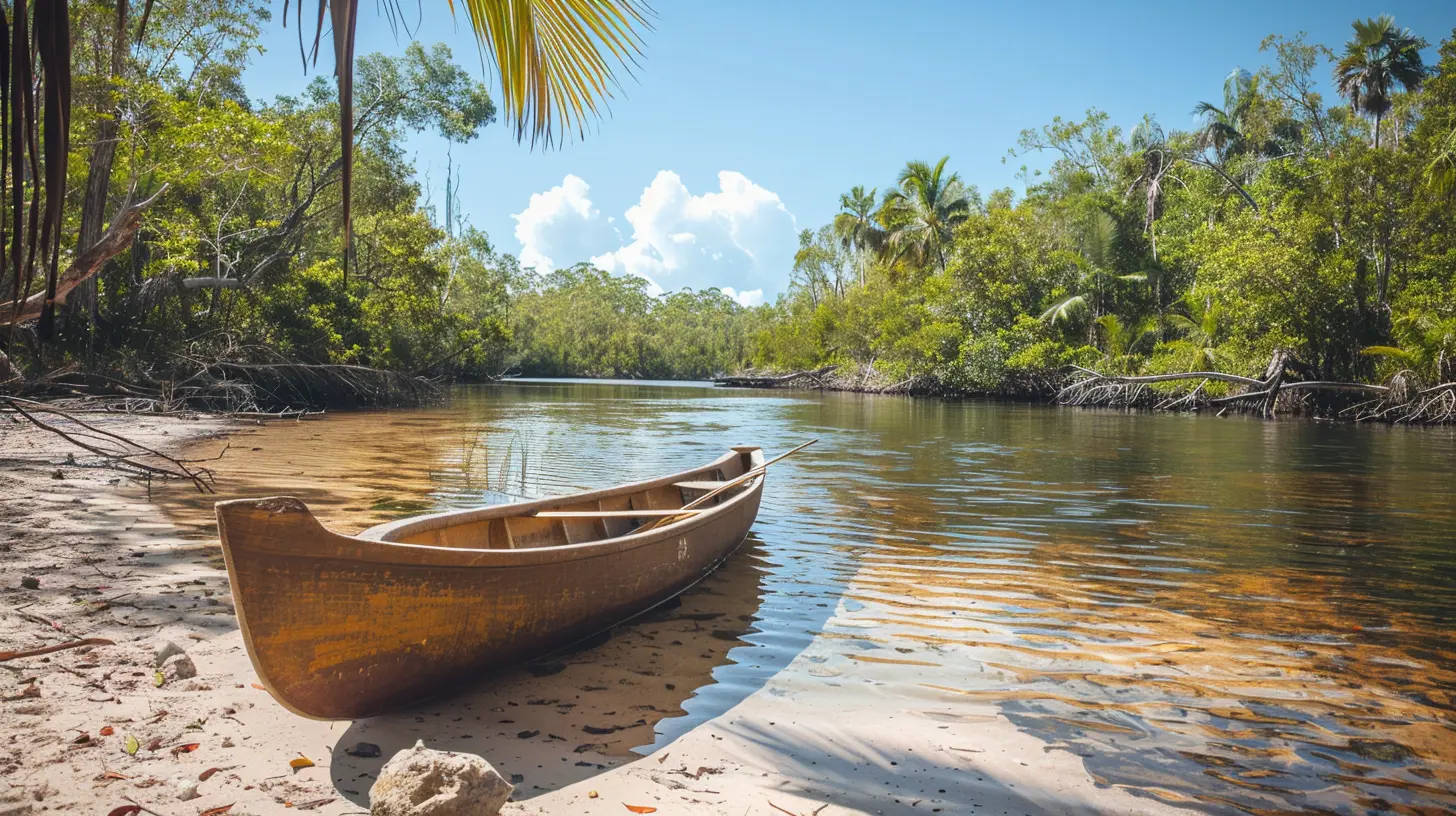
The Role of "Country" in Aboriginal Culture
Before we go further, let’s break down an essential concept: "Country." For Aboriginal Australians, "Country" isn't just a physical space—it’s a living being, a custodian of stories, spirituality, and identity.In the NT, you’ll see their deep relationship with the land everywhere—from the ochre-red cliffs of Uluru to the hidden waterfalls of Kakadu National Park. Each rock, tree, and waterhole holds a story, passed on through generations in the form of Dreamtime legends. The landscape isn’t just scenery; it’s like a sacred text written in nature. 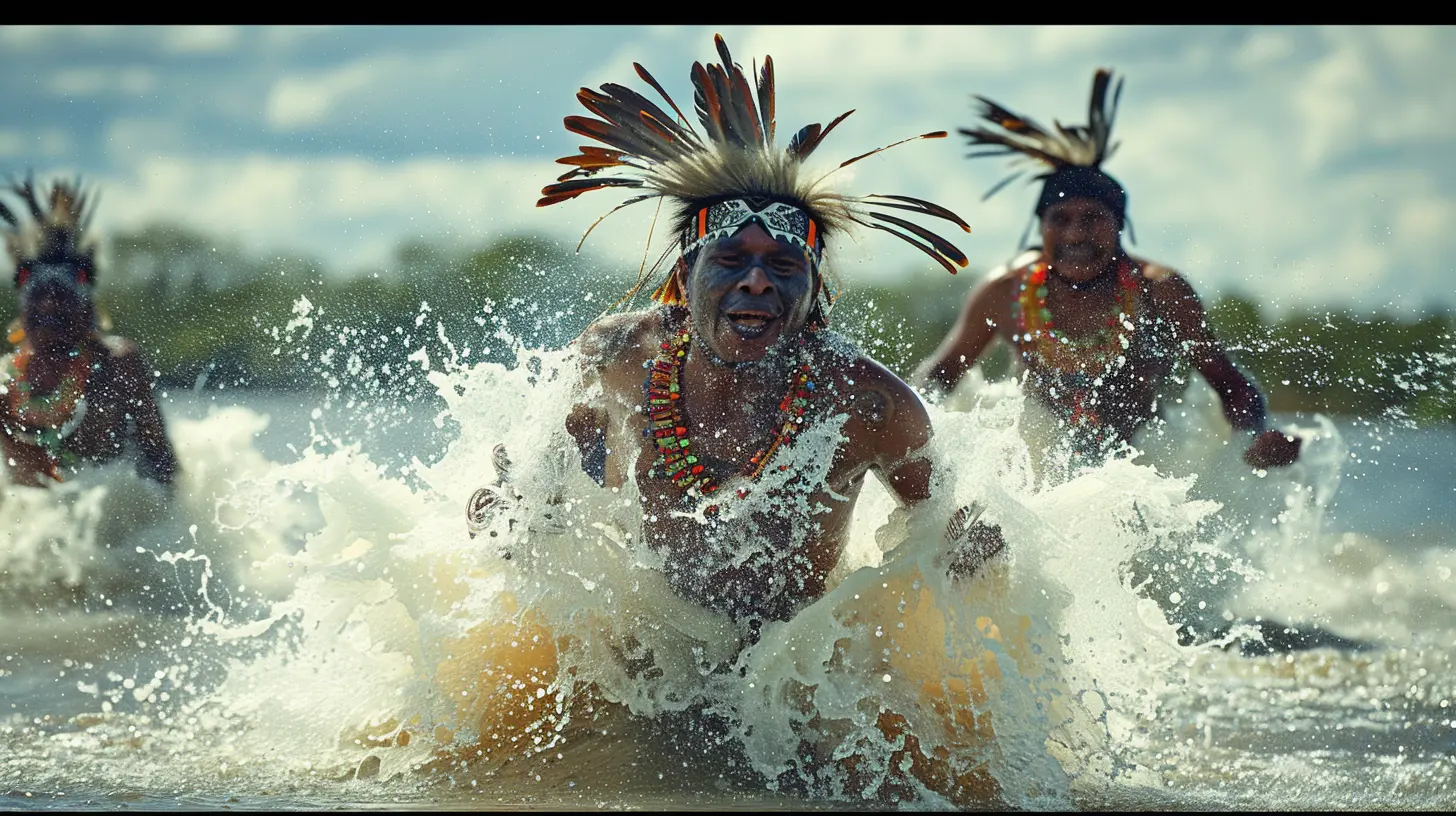
Dreamtime: The Heartbeat of Aboriginal Beliefs
Heard about Dreamtime stories? Think of them as the Aboriginal answer to Greek mythology. They’re creation legends that explain how the world came to be. The Northern Territory is the stage where many of these tales unfold.According to Indigenous lore, ancestral beings shaped the land, rivers, and animals during Dreamtime. For example, in Kakadu National Park, you’ll hear stories of the Rainbow Serpent—a giant mythical creature said to have carved out the rivers and billabongs.
When exploring the NT, don't just snap an Instagram pic and move on. Listen, ask questions, and immerse yourself in these stories. You’ll never look at the landscape the same way again. 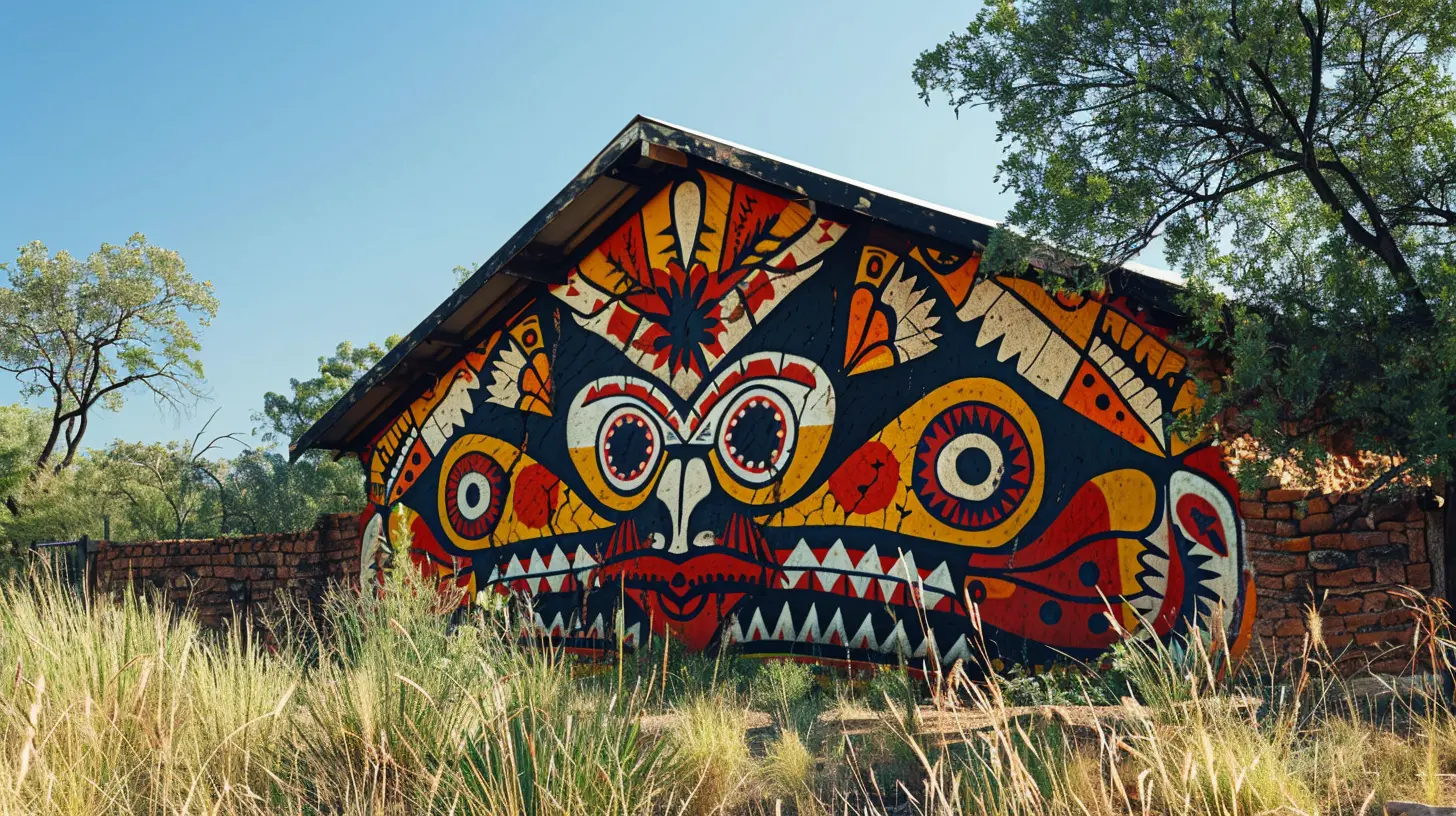
Must-Visit Places for Aboriginal Cultural Experiences
The Northern Territory is dotted with places where you can dive headfirst into Aboriginal culture. Here’s a little roadmap for your journey:1. Uluru-Kata Tjuta National Park
This isn’t just Australia’s most iconic landmark; it’s a sacred site for the Anangu people, the traditional custodians of the land.- Take a guided cultural tour with an Aboriginal guide to hear age-old stories of Uluru and learn about bush foods and medicinal plants.
- Visit the Uluru Cultural Centre—it’s more than just an info hub; it’s a portal into the spiritual significance of the region.
Quick Tip: Show respect by not climbing Uluru. It’s a sacred site, and climbing is considered disrespectful by the Anangu people.
2. Kakadu National Park
Want to see art that’s older than the Pyramids? Kakadu is home to rock art sites that date back tens of thousands of years.- Visit Ubirr and Nourlangie Rock to see intricate paintings depicting Dreamtime stories and daily Aboriginal life.
- Explore with a local guide, who can help you decode these ancient artworks.
Kakadu isn’t just about history—it’s also packed with wildlife, so keep your eyes peeled for crocs and birdlife as you explore.
3. Arnhem Land
Think of Arnhem Land as the NT’s best-kept secret. It’s remote, pristine, and rich in Aboriginal heritage.- You’ll need a permit to enter, but trust me, it’s worth the effort.
- Here, you can join in traditional hunting, weaving, or storytelling activities.
Arnhem Land is where you’ll find artists creating stunning bark paintings and didgeridoos. Buying directly from them supports the local communities and ensures their traditions continue to thrive.
4. Tiwi Islands
Known as the "Island of Smiles," the Tiwi Islands are just a short ferry ride from Darwin but feel like another world.- Join the annual Tiwi Island Football Grand Final and Art Sale, a vibrant event that mixes sports and culture.
- Witness traditional ceremonies, hear tribal songs, and marvel at the bold, colorful artwork the Tiwi people are famous for.
5. Nitmiluk (Katherine) Gorge
This stunning gorge system is sacred to the Jawoyn people, who have lived here for tens of thousands of years.- Take a boat cruise or a canoe ride through the gorge, where you’ll hear stories about the spirits that inhabit the area.
- Nitmiluk is also a great spot for hikes that lead to breathtaking views and hidden waterfalls.
Why Cultural Respect Matters
Let’s have a quick heart-to-heart. When you visit Aboriginal cultural sites, respect isn’t optional—it’s essential.Take the time to learn about local protocols. Many areas are sacred, and photography or access may be restricted. Be mindful, ask questions, and approach with an open heart.
Think of it like visiting someone’s home. You wouldn’t just waltz in and start rearranging furniture, right? The same goes here—tread lightly and treat every site with reverence.
Aboriginal Art: More Than Just Pretty Pictures
If you’ve seen Aboriginal art, you know it’s stunning. Dot paintings, bark canvases, and sculptures—they’re like visual poems that speak a language of their own. But did you know that every stroke tells a story?In Aboriginal art, dots, lines, and circles often represent elements of the landscape, animals, or Dreamtime stories. Many artists won’t even share the full meaning of their works, as some details are reserved for initiated community members.
Pro Tip: Visit art galleries in places like Alice Springs or Darwin. But even better? Head to Aboriginal art centers in remote communities for a more authentic experience.
Food and Music: Tastes and Sounds of Tradition
Feeling adventurous? Dive into bush tucker (traditional Aboriginal food). Think kangaroo, emu, and crocodile, but also native ingredients like wattleseed and finger lime.Oh, and you can’t talk about Aboriginal culture without mentioning the didgeridoo. This ancient wind instrument produces deep, resonant sounds that mimic the natural world. Attending a live performance is like hearing the heartbeat of Australia itself.
How to Support Aboriginal Communities
Tourism can be a double-edged sword. It brings much-needed revenue to Indigenous communities but can also disrupt traditions if done irresponsibly.When you visit the NT, choose Aboriginal-led tours and buy from local artists. This not only provides income for the communities but ensures your experience is authentic and respectful.
Final Thoughts
Exploring Aboriginal culture in Australia’s Northern Territory is like peeling back the layers of a fascinating story you never knew you needed to hear. It’s humbling, eye-opening, and utterly inspiring.From walking in the footsteps of ancient ancestors to hearing the haunting notes of a didgeridoo echo through the outback, this trip will change the way you see the world—and yourself. So, are you ready to embark on this journey of discovery?






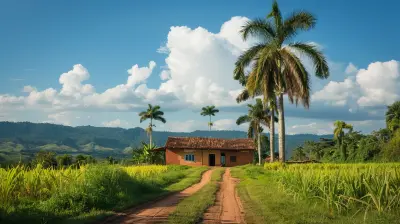
Avery McFarlane
This article beautifully highlights the richness of Aboriginal culture; however, it should emphasize Indigenous voices and perspectives more prominently.
April 6, 2025 at 3:29 PM